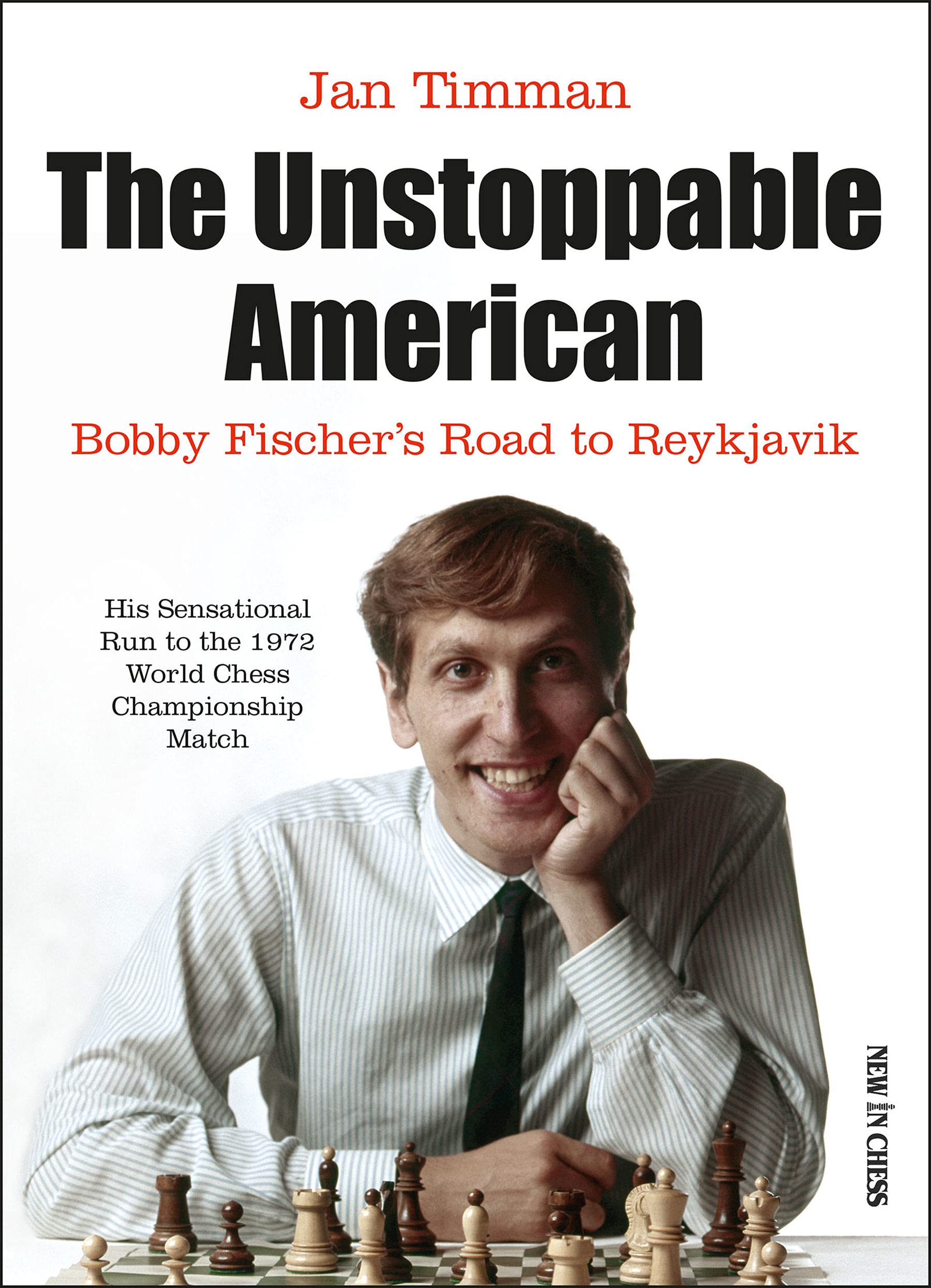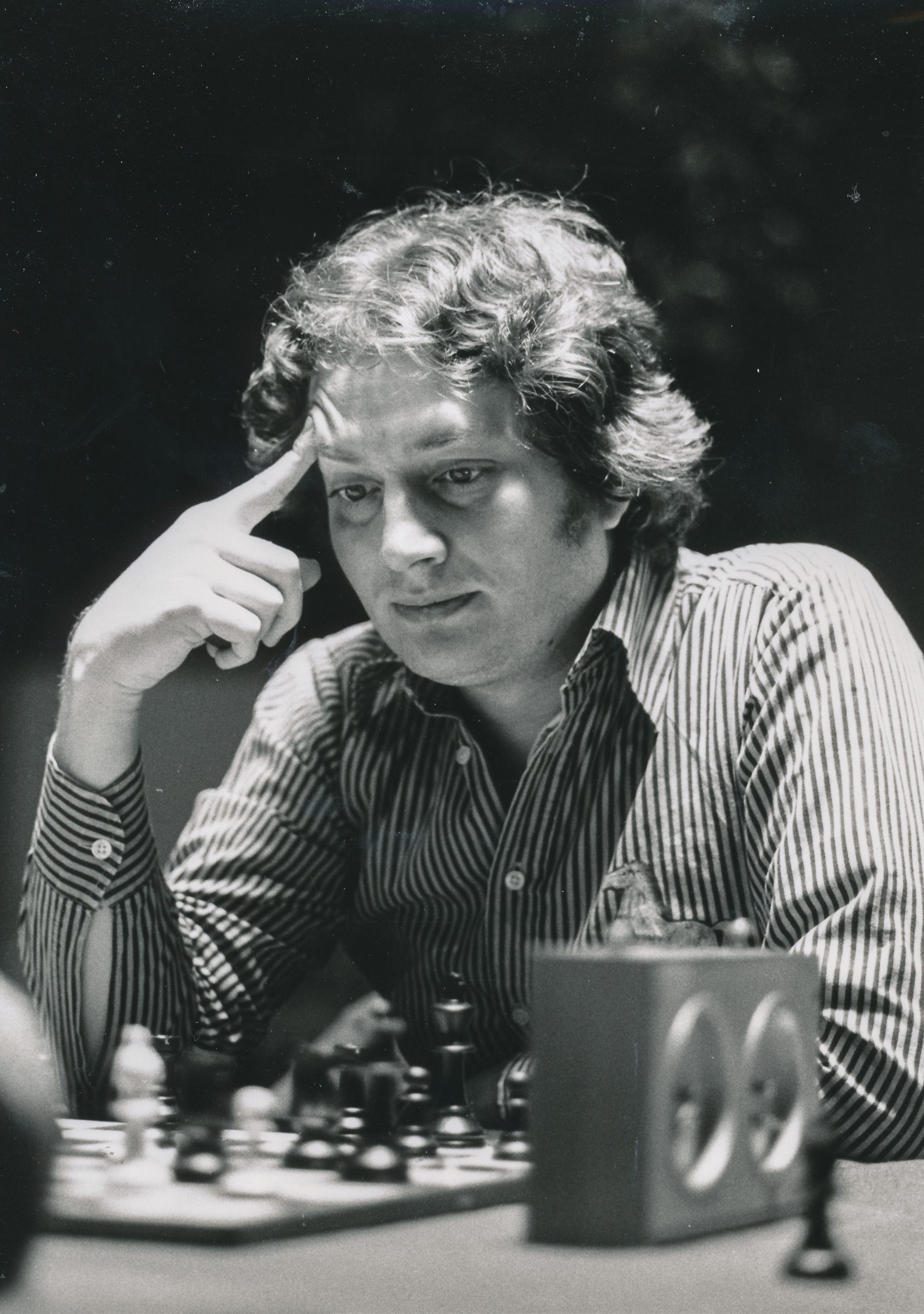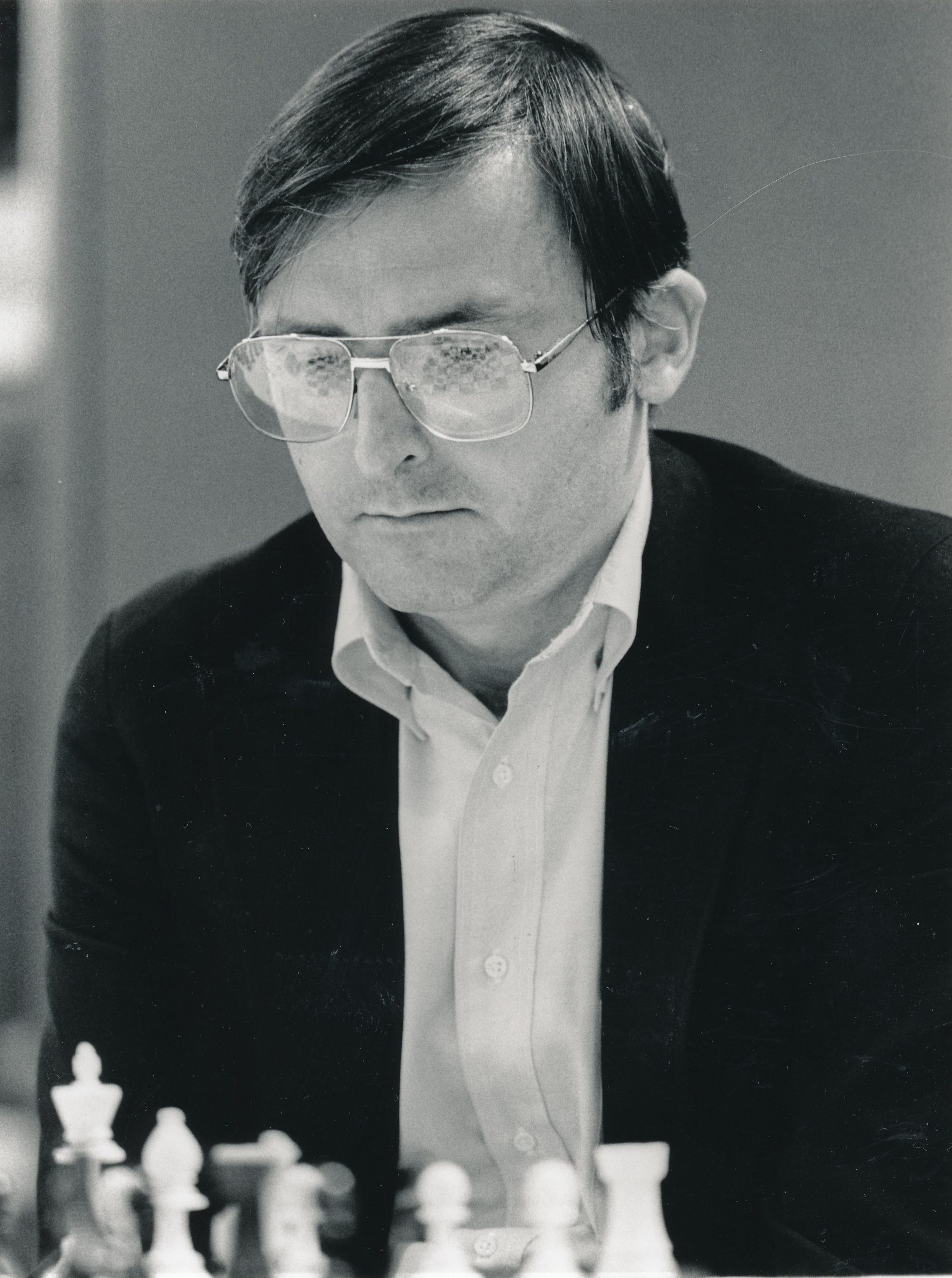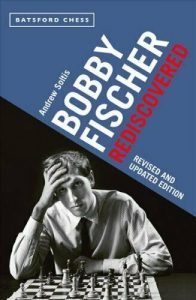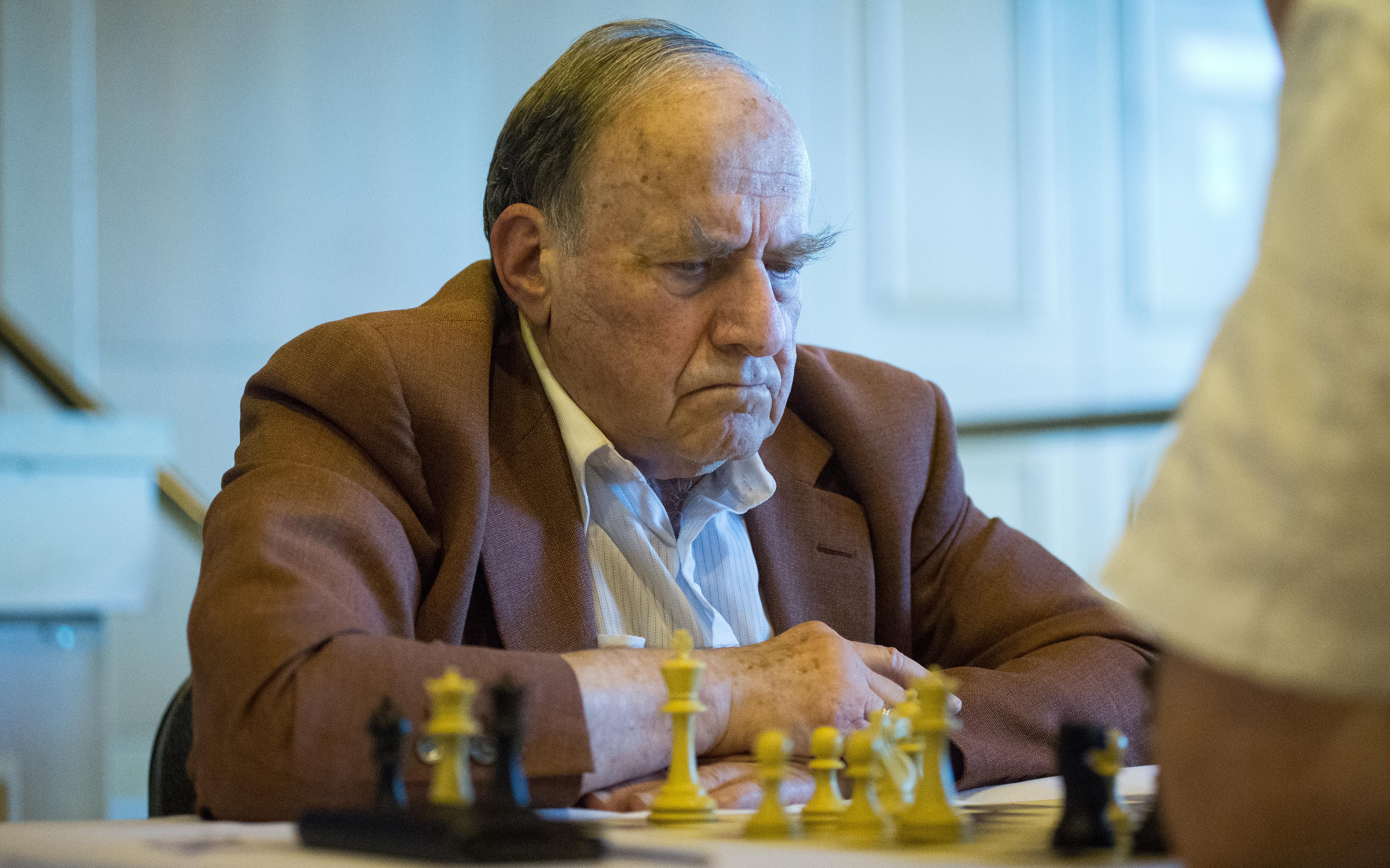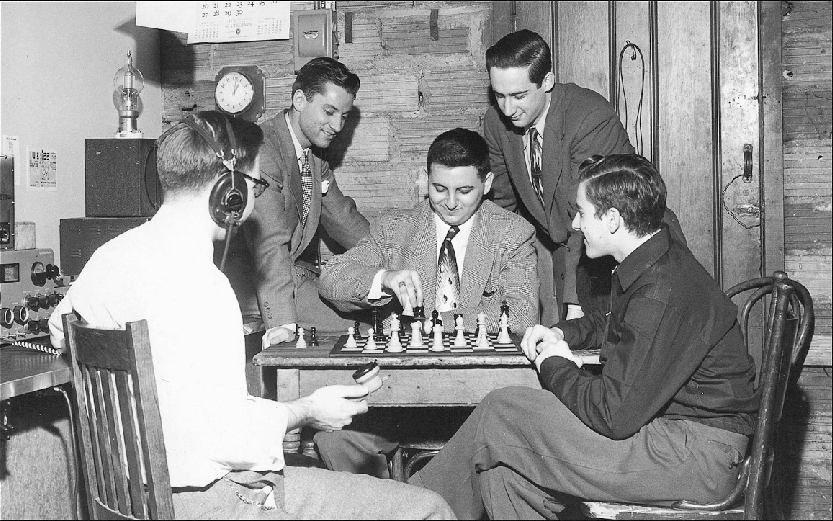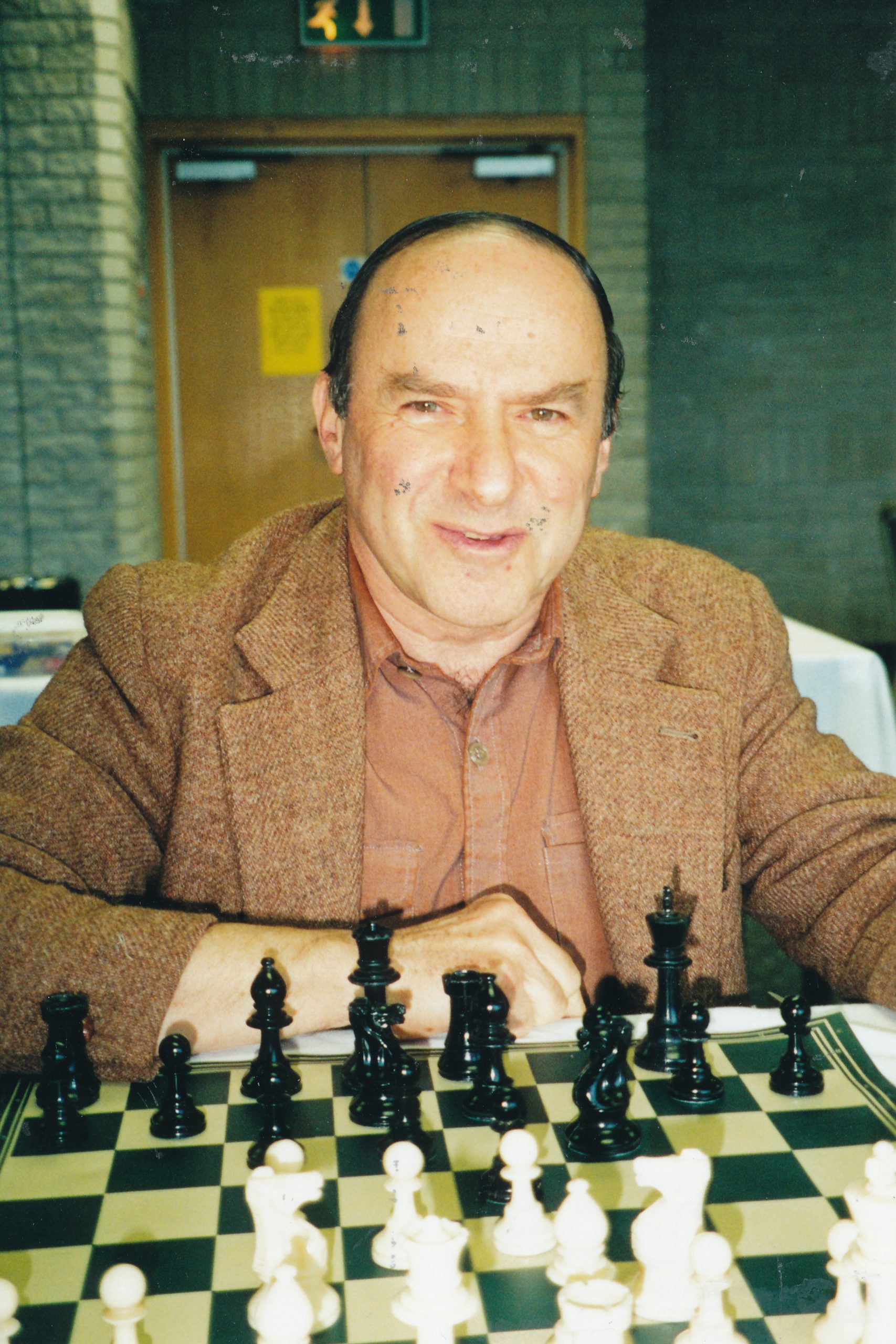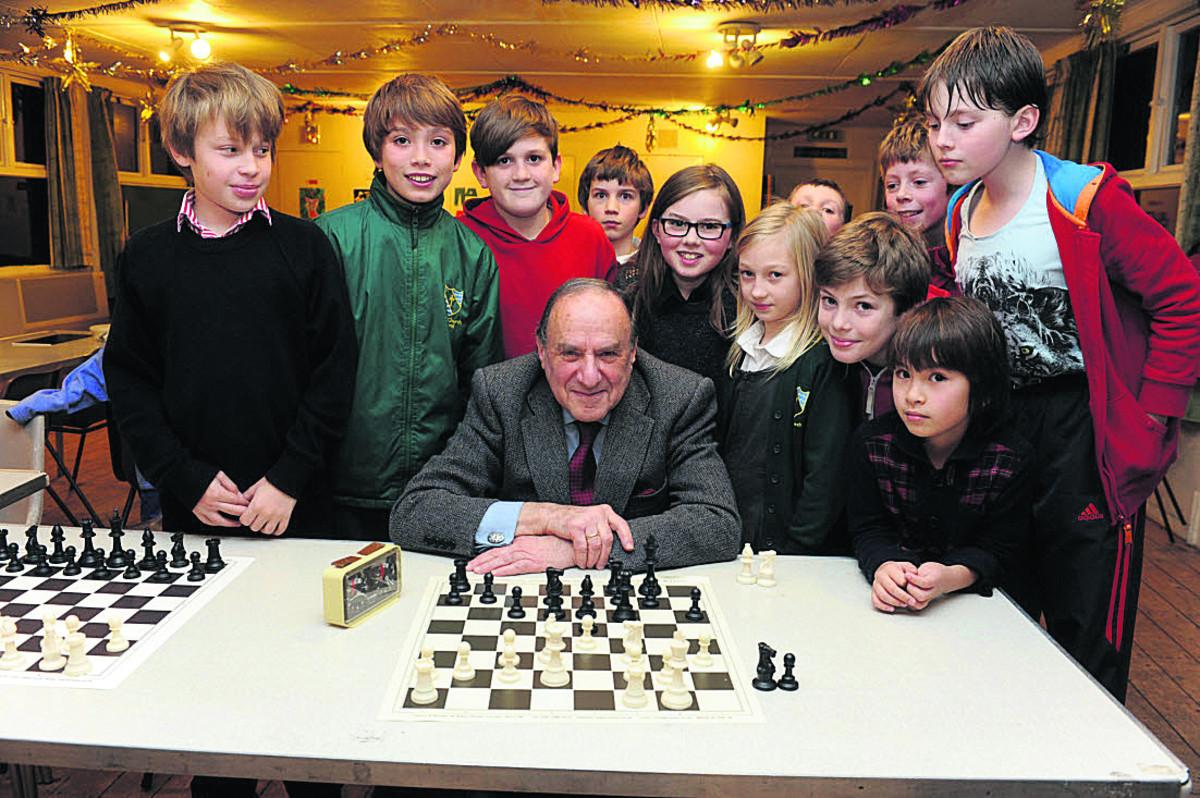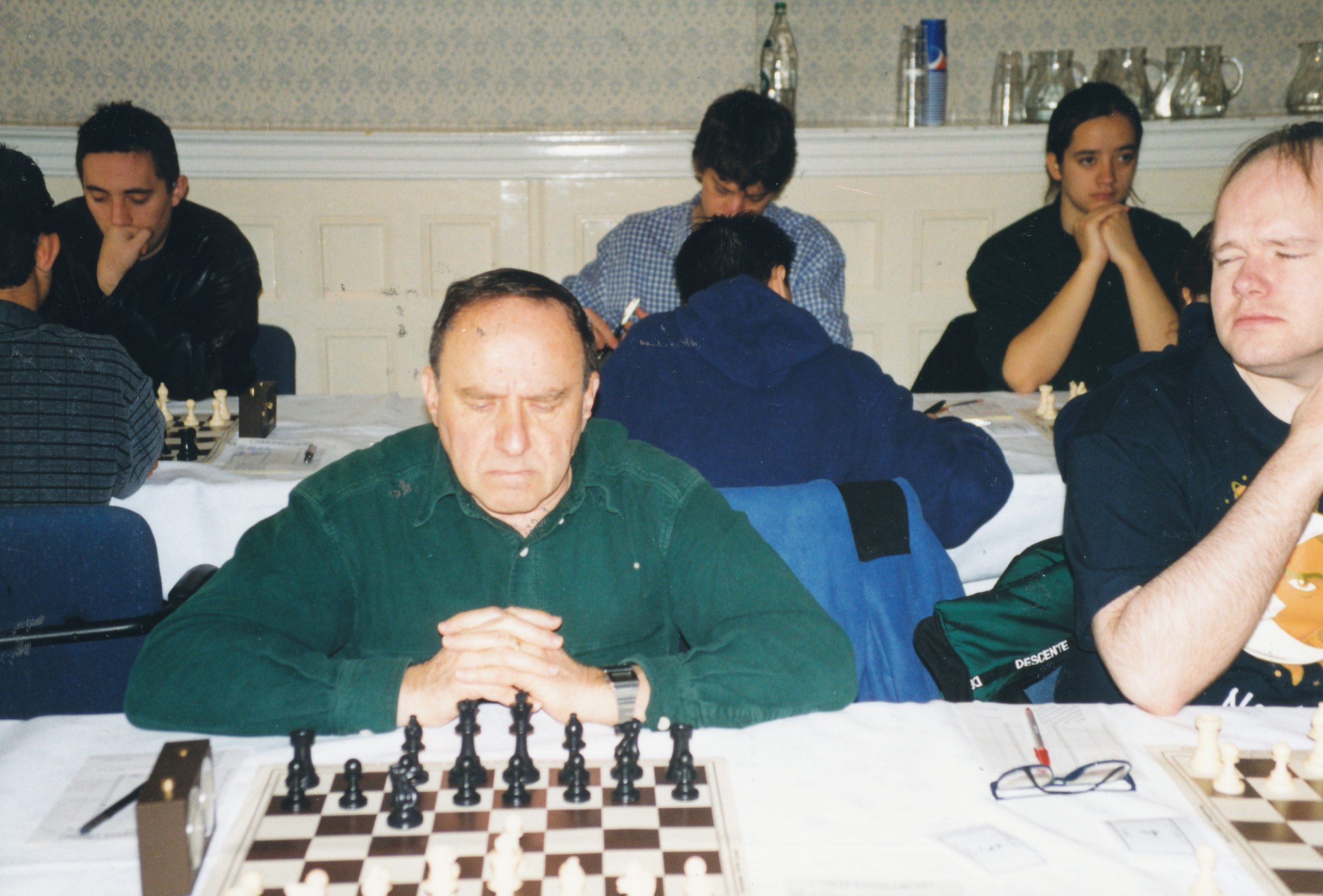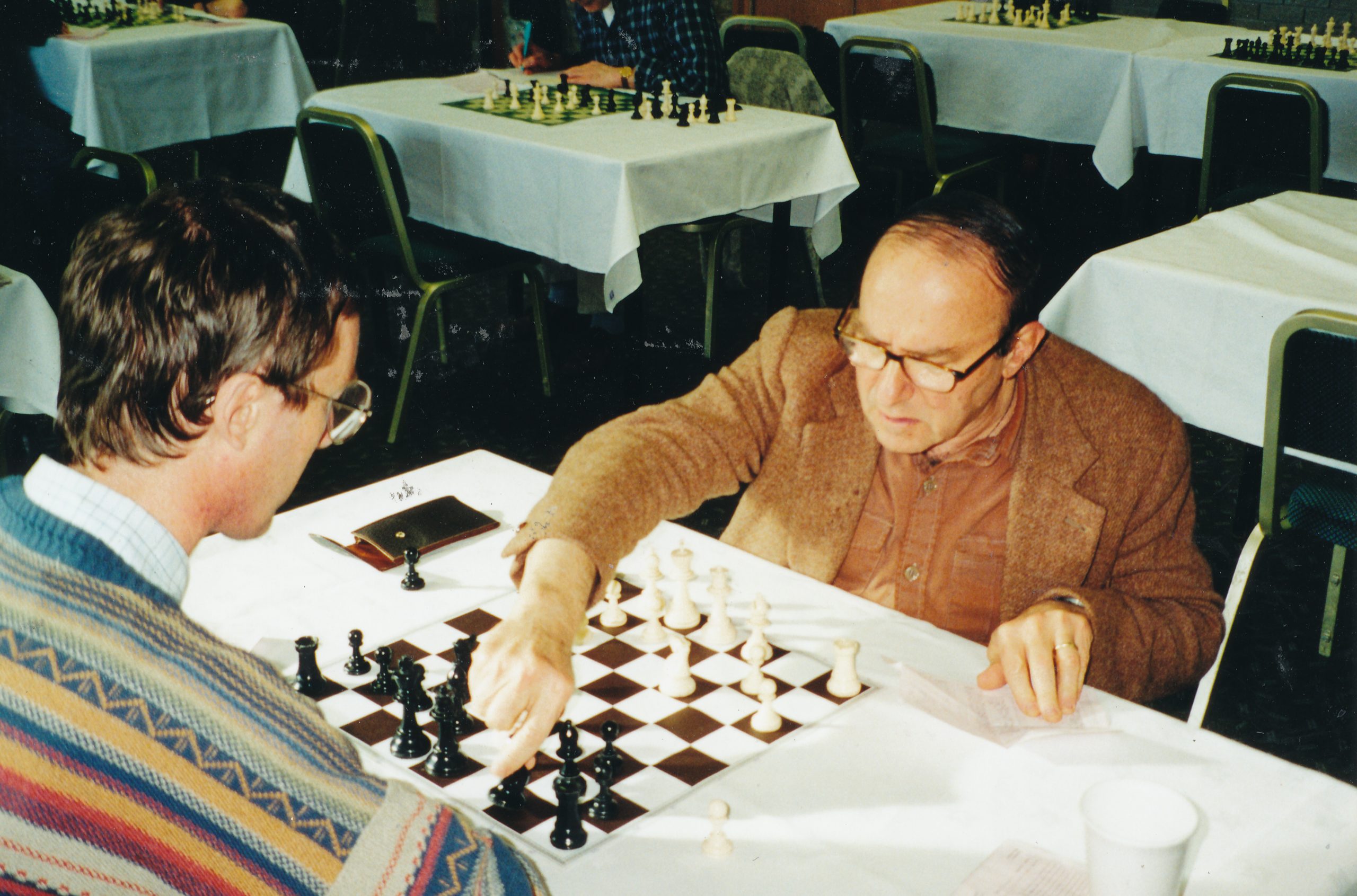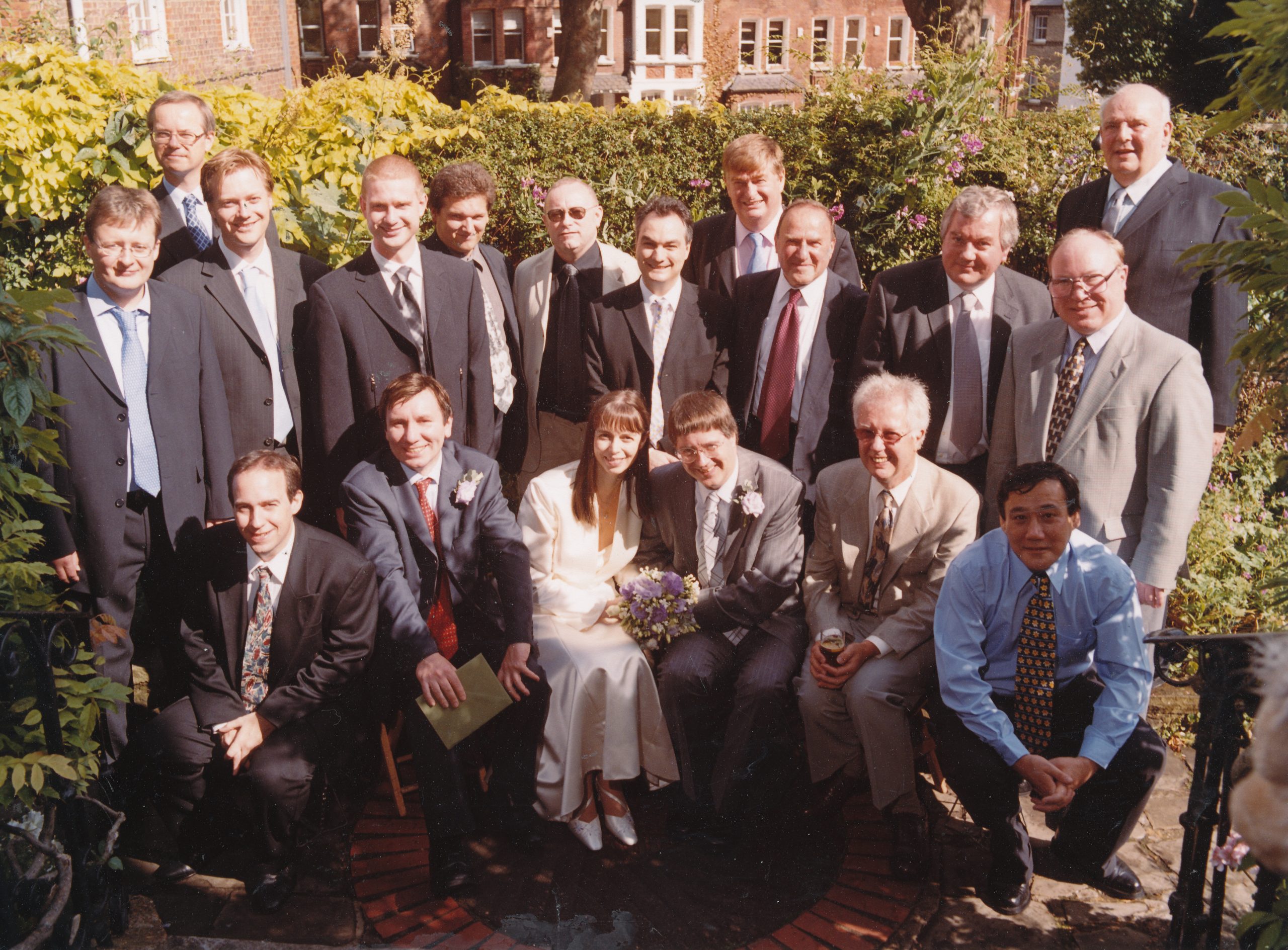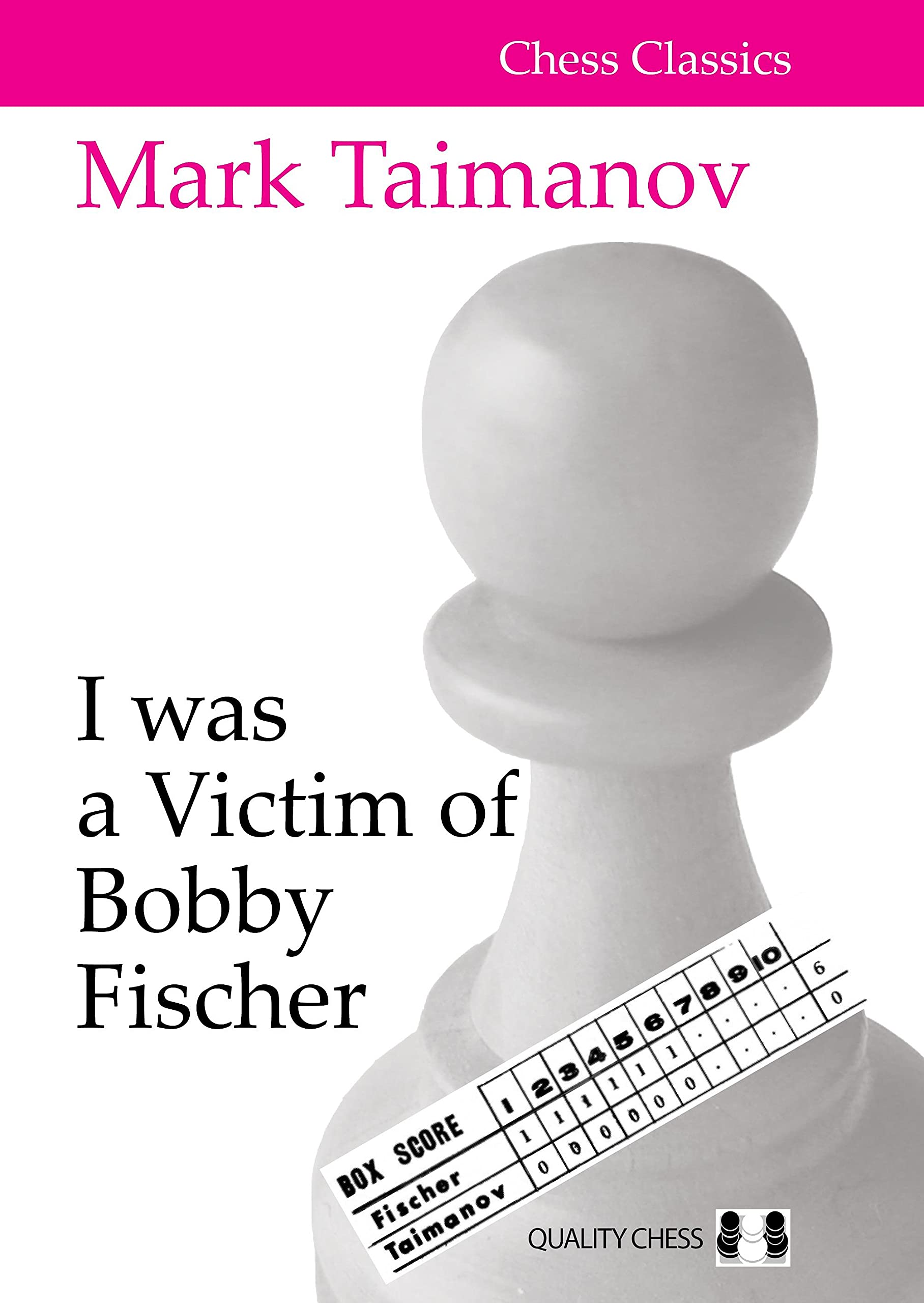
From the publisher:
“In 1971 Robert James Fischer defeated Mark Taimanov by the sensational score of 6-0 in Vancouver, but the match games were far more competitive and tension-filled than the final score would suggest.
Twenty years later Taimanov put pen to paper, reflecting on the experience. Exactly 50 years after the match, this is the first English translation of Taimanov’s original Russian text. Taimanov provides a richly detailed, honest and emotional account of the drama on and off the board. Despite the catastrophic match score, his love for the game of chess is evident throughout.
Taimanov also discusses his early acquaintance with Fischer from 1960, including detailed annotations of both of their pre-1971 games, as well as the personal consequences of the match result. With fascinating additional archive material and analytical contributions from some of the brightest young stars of the American chess scene today, I was a Victim of Bobby Fischer is the ultimate insight into one of the most famous matches in chess history.”
End of blurb…
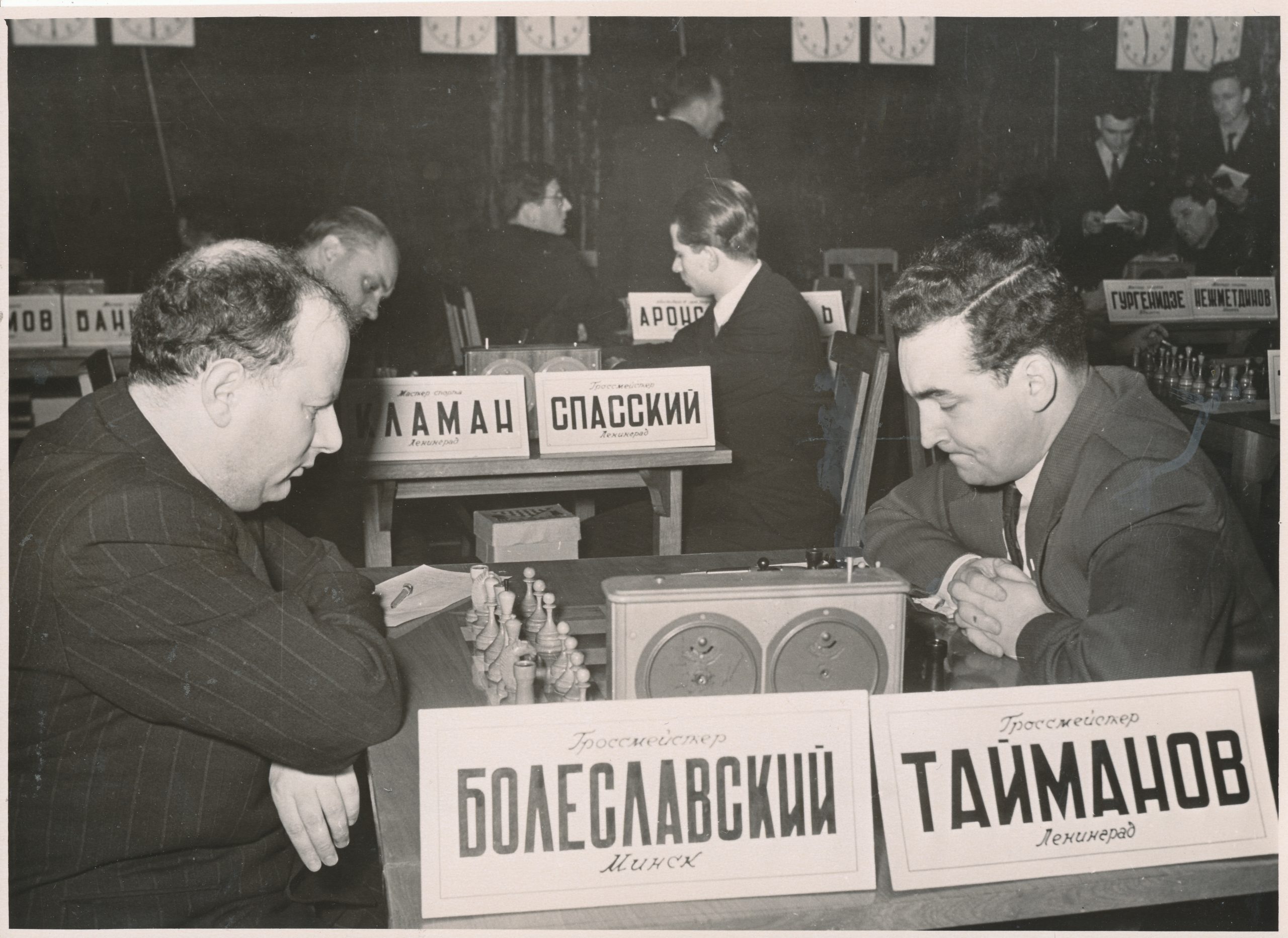
Quality Chess live up to their name by being one of the few publishers who offer a hardback as well as softback version of all of their titles.
The production values are superb. You could save a few pence and opt for the paperback version but we would definitely treat ourselves with a Christmas / New Year present and savour the hardback. In addition, high quality paper is used and the printing is clear. The weight of this paper gives the book an even better feel to it as the pages are turned.
The book can easily be laid flat next to the board and does not require weights to prevent it from “self-closing”. Each diagram is clear and the instructional text is typeset in two column format, which, we find, enables the reader to readily maintain their place. Figurine algebraic notation is used and the diagrams are placed adjacent to the relevant text.
A small (and insignificant) quibble: the diagrams (except for Chapter 19, Interesting Positions) do not have a “to move” indicator (but they do have coordinates).
Before we take our first look at this book Quality Chess have provided a pdf excerpt.
Over the years there have been numerous books with Taimanov somewhere in the title but almost all are concerned with his famous variation of the Sicilian Defence:
We are aware of two English language books covering Taimanov’s career. One is Taimanov’s Selected Games published in 1995 by Everyman Chess covering 60(!) games selected and annotated by MT. The second is Smyslov, Bronstein, Geller, Taimanov and Averbakh: A Chess Multibiography (McFarland, 2021) with 220 Games by Andrew Soltis reviewed here.
This Quality Chess title helps to address this surprising shortfall.
The title is perhaps the first worthy discussion point and we learn the interesting reason for it. Is it clear from the outset just how in regard MT held Fischer when he wrote this manuscript in 1993.
You might think that the events of 1971 had left a bitter taste with MT, and degree of resentment, especially when we read in Chapter 5 of his post match treatment by the Soviet authorities. The latter even restricted his career in music which was gratuitously cruel. There is no evidence of that here, in fact, quite the opposite. Taimanov stipulated in his will that should the book be published then “I Was a Victim of Bobby Fischer” must be its title.
Let us not forget that Taimanov jointly holds (and will always) a record with Efim Geller of twenty-three appearences in the Soviet Championships apart from his many other achievements on the chess board.
Taimanov played Fischer a total of eight times and their first meeting was on June 4th, 1960 in the good air of Buenos Aires.
This game was a monumental battle (drawn after eighty-seven moves) when Fischer was a mere seventeen and MT was a more plausible thirty-four.
Here is the game devoid of any notes simply because you really should treat yourself to the fourteen(!) pages of glorious annotations including 20 diagrams. What a struggle!
Much of the book is taken up with discussion of Fischer’s development and eventually his downfall (but nether MT nor Spike Milligan played any part) and this is particularly apposite on the eve of the Reykjavik match 50th anniversary.
Chapters 6-12 cover each game of the 1971 match (ten games were planned) in Vancouver. Each game is very much worthy of close study and a model of sporting attitude from the loser. It is painful to see how well Taimanov plays compared with the game results. At no point did he “do a Nepo” and collapse into a heap. His emotions and reactions to the match are rather revealing.
Chapter 13(!) discusses the causes of Fischer’s eventual reclusion comparing RJFs fate with players of the past with an update in Chapter 14 on more recent events.
You might predict “That must be the end of the book”. Well, not at all. Part IV contains the substantial Appendices which include additional deeply annotated games of Taimanov and of Fischer, a biography of MT and a fascinating interview of MT from 2016.
Almost last and by no means least we have Chapter 19 which presents a number of key positions from the previously discussed games and the reader is asked a pertinent question about each.
Here is an example (#10):
Lutikov – Taimanov, 37th USSR Championships, Moscow
After White’s rook lift on move 25:
“We will look at three positions from this complicated game, all of them very interesting. In the first, Black has a difficult strategic decision to make”
Chapter 20 (titled “Thoughts and Solutions”) takes the Chapter 19 positions and analyses them in detail courtesy of a team of strong players (Shankland, Liang, Xiong and Aagaard) providing their individual opinions of each position. This is really rather innovative and most welcome. Note that these “thoughts” are not usurped by reams of unwelcome engine analysis.
In summary, this is a significant book quite unlike any other we have read. Beautifully produced it brings you into the mind of a great chessplayer and person who gave his all and was treated appallingly.
We commend to you this book without doubt: you will not be disappointed. One of our favourites of 2021.
John Upham, Cove, Hampshire, 23rd December, 2021

Book Details:
- Paperback : 248 pages
- Publisher: Quality Chess UK LLP (29 Nov. 2021)
- Language: English
- ISBN-10:1784831603
- ISBN-13:978-1784831608
- Product Dimensions: 17.2 x 1.22 x 24.18 cm
Official web site of Quality Chess


